Zucchini backyard harvest tips are essential for any gardener hoping to maximize their yield and enjoy a summer bounty! Have you ever dreamt of stepping into your backyard and being greeted by an abundance of vibrant, green zucchinis, ready to be transformed into delicious meals? I know I have! But let’s be honest, sometimes our zucchini plants seem to have a mind of their own, leaving us scratching our heads and wondering what we’re doing wrong.
Zucchinis, originating from the Americas, have become a staple in gardens worldwide. Their ease of growth and versatility in the kitchen have made them a beloved vegetable for centuries. From savory zucchini bread to grilled zucchini skewers, the possibilities are endless. But to truly enjoy the fruits (or rather, vegetables!) of your labor, you need to master the art of harvesting.
That’s where these DIY tricks and hacks come in! Many of us struggle with knowing when to harvest, how to properly cut the zucchini without damaging the plant, and how to store our harvest to keep it fresh for longer. This article is your ultimate guide to achieving a successful zucchini backyard harvest. I’m going to share my tried-and-true methods, ensuring you get the most out of your zucchini plants and avoid common pitfalls. Get ready to transform your backyard into a zucchini paradise!
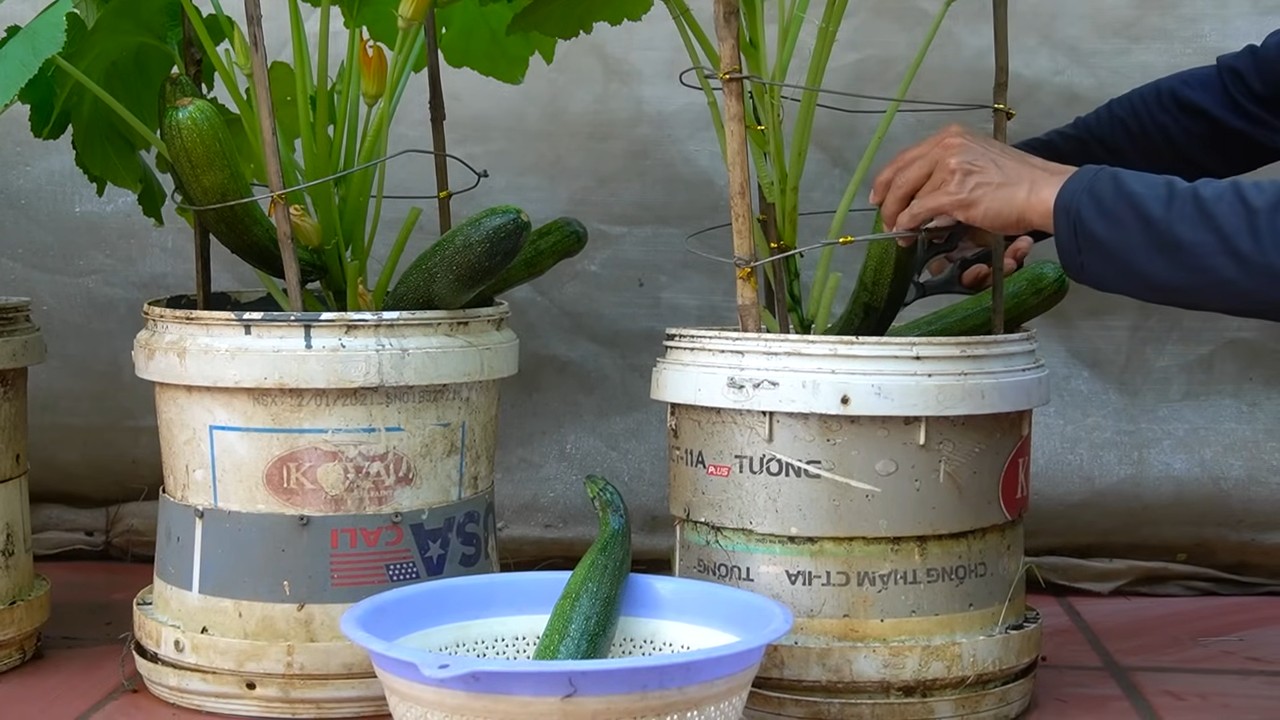
Zucchini Harvest in Your Own Garden: How to Do It Right!
Hello dear garden friends! I love harvesting fresh vegetables from my own garden, and zucchini are right at the top of the list. They grow quickly, are super versatile in the kitchen, and yield a bountiful harvest. But when is the right time to pick them? And how do I do it best without damaging the plant? Don’t worry, I’ll show you everything you need to know to make your zucchini harvest a complete success!
When is the Right Time for the Zucchini Harvest?
This is one of the most important questions! Zucchini grow incredibly fast, and if you leave them on the vine too long, they become huge, woody, and lose their flavor. Here are a few signs you should look out for:
- The Size: The ideal size for a zucchini is usually between 15 and 25 centimeters (6 to 10 inches). Of course, this also depends on the variety, but this is a good guideline.
- The Skin: The skin should be smooth, shiny, and free of damage. If it becomes dull or gets cracks, the zucchini is probably already too old.
- The Pressure Test: Gently press on the zucchini. It should be firm, but not rock-hard. If it feels soft, it’s overripe.
- Regular Checks: It’s best to check your zucchini daily, especially during the main growing season. You’ll be surprised how quickly they can grow!
The Right Tool for the Zucchini Harvest
Before you get started, you should have the right tool ready. This makes harvesting easier and is gentler on your plants.
- A sharp knife or pruning shears: This is essential to cut the zucchini cleanly without tearing the plant. Make sure the knife or shears are clean and sharp to prevent infections.
- Gloves: Zucchini plants can be slightly prickly, so gloves are a good idea to protect your hands.
- A basket or bag: This allows you to comfortably transport your harvested zucchini.
Step-by-Step Guide to Harvesting Zucchini
Now let’s get down to it! Here is a detailed guide on how to harvest your zucchini correctly:
- Preparation: Put on your gloves and have your knife or pruning shears ready. Make sure your basket or bag is at hand.
- Select the right zucchini: Choose the zucchini that meets the criteria mentioned above: the right size, smooth skin, and a firm texture.
- Find the stem: The zucchini is connected to the plant by a stem. This stem is often somewhat hidden under the large leaves.
- The cut: Cut the stem with your sharp knife or pruning shears. Leave about 5-8 centimeters (2-3 inches) of the stem on the zucchini. This helps to keep it fresh longer.
- Important: Do not cut the stem too close to the plant, as you could damage the plant.
- Remove the zucchini carefully: Don’t just pull the zucchini off! This could damage the plant. Instead, lift it gently and cut the stem cleanly.
- Store the harvested zucchini: Place the zucchini carefully in your basket or bag. Avoid squeezing or damaging them.
- Check the plant: Take a close look at the plant. Are there other ripe zucchini you can harvest? Also, remove any damaged or rotting leaves to keep the plant healthy.
- Harvest regularly: Harvest your zucchini regularly to encourage the plant to produce more. The more often you harvest, the more zucchini you will get!
Common Mistakes in Zucchini Harvesting (and How to Avoid Them!)
Even when harvesting zucchini, mistakes can be made. Here are a few typical mistakes and how to avoid them:
- Waiting too long: This is the most common mistake! If you wait too long, the zucchini will become huge, woody, and lose flavor. Check your plants regularly and harvest them on time.
- Tearing the zucchini off: This can damage the plant and lead to infections. Always cut the stem cleanly with a sharp knife or pruning shears.
- Damaging the plant: Be careful when harvesting and make sure not to damage the plant. Avoid pulling on the leaves or squeezing the plant.
- Using the wrong tool: A dull knife or dull shears can tear the stem and damage the plant. Always use sharp and clean tools.
- Storing the zucchini incorrectly: Zucchini should be stored in a cool, dry place. Avoid storing them in plastic bags, as they will rot quickly.
Caring for the Zucchini Plant After Harvesting
The work is not done after the harvest! Good care of the zucchini plant ensures a rich and long harvest.
- Watering: Water the plant regularly, especially during dry periods. Make sure the soil is moist, but not soaked.
- Fertilizing: Fertilize the plant regularly with a suitable fertilizer. This provides it with the necessary nutrients for good production.
- Pests and diseases: Regularly check the plant for pests and diseases. If necessary, you should take early measures to combat them.
- Remove withered leaves: Regularly remove withered or damaged leaves to keep the plant healthy and improve air circulation.
Storing and Preserving Zucchini Correctly
After the harvest, the question arises: How do I best store the zucchini so that it stays fresh for as long as possible? And what do I do with a large harvest if I can’t use it all at once?
- Storage: Zucchini keeps best in the refrigerator, ideally in the vegetable crisper. Wrap them in a damp cloth to protect them from drying out. This way, they stay fresh for up to a week.
- Freezing: Zucchini freezes well. Cut them into slices or cubes, blanch them briefly in boiling water, and then freeze them. They can be kept for up to a year this way.
- Pickling: Pickled zucchini is a delicious and long-lasting alternative. There are many different recipes, from sweet and sour to spicy.
- Chutney or Relish: You can also make delicious chutneys or relishes from zucchini. These are not only tasty but also have a long shelf life.
- Zucchini Bread or Cake: Zucchini is excellent for making bread or cake. This is a great way to use up a large harvest.
Delicious Recipe Ideas with Fresh Zucchini
Now that you have successfully harvested your zucchini, you, of course, need some delicious recipe ideas! Here are a few of my favorites:
Zucchini Fritters: Coarsely grate the zucchini, mix it with flour, eggs, and spices, and fry them into delicious fritters.
Zucchini Soup: A creamy zucchini soup is a simple and delicious dish that can be enjoyed hot or cold.
Stuffed Zucchini: Halve the zucchini, scoop them out, and fill them with minced meat, rice, or vegetables. Bake them in the oven with cheese.
Zucchini Spaghetti: Cut the zucchini into spaghetti with a spiralizer and serve with your favorite sauce.
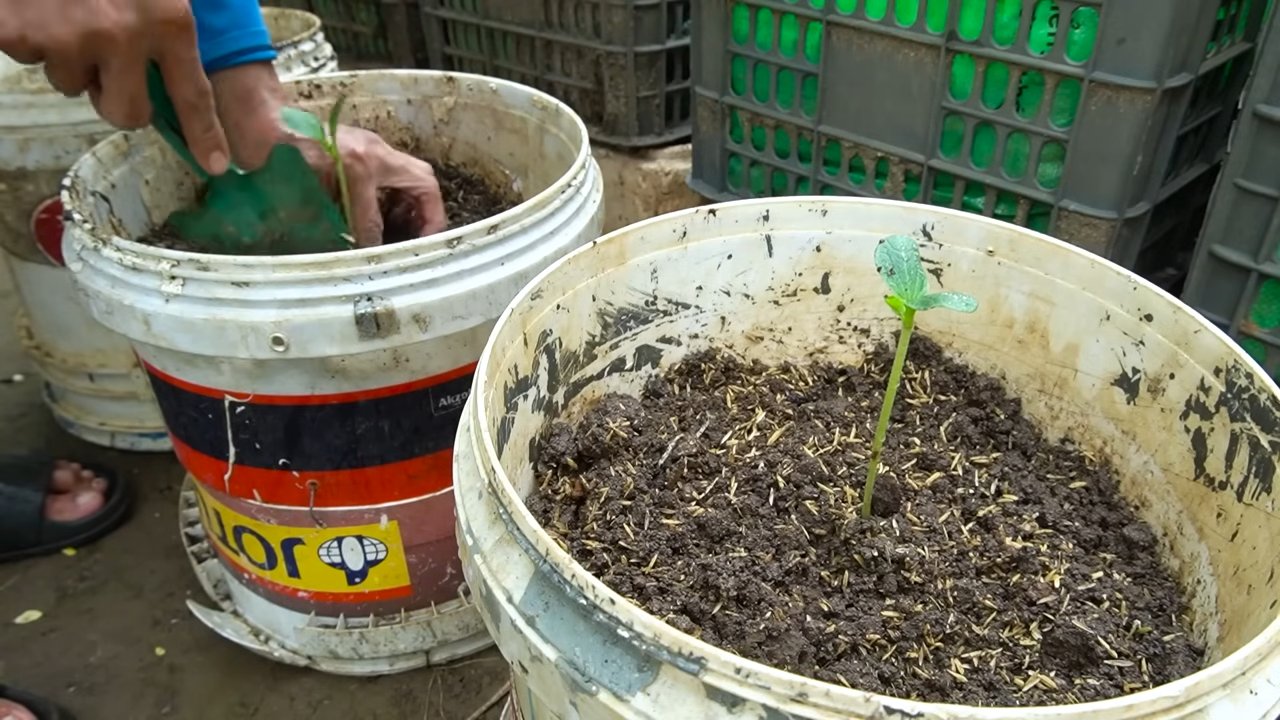
Conclusion
So, there you have it! Transforming your backyard zucchini glut into a manageable and delicious bounty is not only possible, it’s incredibly rewarding. This DIY trick for preserving your zucchini harvest is a game-changer, offering a simple, effective, and versatile method to enjoy the fruits (or rather, vegetables) of your labor long after the growing season ends. Forget letting those precious zucchinis rot on the vine or burdening your neighbors with more than they can handle. This method allows you to savor the fresh, vibrant flavor of summer throughout the year.
Why is this a must-try? Because it’s efficient, cost-effective, and customizable. You’re not relying on expensive store-bought alternatives filled with preservatives. You’re taking control of your food, reducing waste, and creating a pantry staple that’s ready to be incorporated into countless dishes. Imagine the satisfaction of pulling out a bag of perfectly preserved zucchini in the dead of winter, ready to add a touch of summer sunshine to your soups, stews, breads, and more.
But the beauty of this DIY trick lies in its adaptability. Feel free to experiment with different variations to suit your taste. Consider adding herbs like dill, basil, or oregano to the blanching water for an extra layer of flavor. For a spicier kick, toss in a few red pepper flakes before freezing. You can also shred the zucchini before blanching and freezing, making it even easier to incorporate into baked goods. Think zucchini bread, muffins, and even chocolate zucchini cake!
Don’t be afraid to get creative and tailor this method to your specific needs and preferences. The key is to ensure the zucchini is properly blanched and stored to maintain its quality and prevent freezer burn. With a little practice, you’ll become a zucchini preservation pro in no time.
We wholeheartedly encourage you to give this DIY trick a try. It’s a simple yet powerful way to maximize your zucchini harvest and minimize food waste. And most importantly, we want to hear about your experience! Share your tips, variations, and culinary creations in the comments below. Let’s build a community of zucchini enthusiasts and learn from each other. What are you waiting for? Get out there and conquer that zucchini mountain! Let’s make the most of your **zucchini backyard harvest**!
Frequently Asked Questions (FAQ)
1. What exactly is blanching, and why is it necessary for freezing zucchini?
Blanching is a crucial step in preserving zucchini because it deactivates enzymes that cause deterioration in flavor, color, and texture during freezing. These enzymes are naturally present in vegetables and continue to function even at freezing temperatures, leading to undesirable changes over time. Blanching involves briefly immersing the zucchini in boiling water (or steaming it) followed by immediate cooling in ice water. This process effectively stops the enzymatic activity, preserving the zucchini’s quality and extending its shelf life in the freezer. Without blanching, your frozen zucchini might become mushy, discolored, and develop an off-flavor.
2. How long should I blanch the zucchini before freezing?
The blanching time depends on the size and shape of your zucchini pieces. As a general guideline:
* **Small cubes (1/2 inch):** 1-2 minutes
* **Slices (1/4 inch thick):** 2-3 minutes
* **Shredded zucchini:** 1 minute
It’s essential to blanch the zucchini just long enough to deactivate the enzymes without overcooking it. Over-blanching can result in a mushy texture. After blanching, immediately transfer the zucchini to an ice bath to stop the cooking process.
3. Can I freeze zucchini without blanching it?
While technically possible, freezing zucchini without blanching is strongly discouraged. As mentioned earlier, blanching deactivates enzymes that cause deterioration. Freezing unblanched zucchini will result in a product that is significantly lower in quality, with a mushy texture, off-flavor, and discoloration. It’s simply not worth the risk of wasting your precious zucchini harvest. The blanching process is quick and easy and makes a world of difference in the final product.
4. What’s the best way to store the blanched zucchini in the freezer?
Proper storage is key to preventing freezer burn and maintaining the quality of your frozen zucchini. Here are a few tips:
* **Portioning:** Freeze the zucchini in portions that you’ll use in a single recipe. This prevents you from having to thaw and refreeze unused portions, which can compromise the texture.
* **Freezing Options:** You can use freezer-safe bags or containers. If using bags, squeeze out as much air as possible before sealing to minimize freezer burn.
* **Flash Freezing (Optional):** For individual pieces that don’t clump together, spread the blanched and cooled zucchini on a baking sheet lined with parchment paper and freeze for a few hours. Once frozen solid, transfer the pieces to a freezer bag or container. This prevents them from sticking together in a large clump.
* **Labeling:** Always label your freezer bags or containers with the date and contents. This helps you keep track of how long the zucchini has been stored and ensures you use it within a reasonable timeframe.
5. How long will frozen zucchini last in the freezer?
Properly blanched and stored zucchini can last for 8-12 months in the freezer without significant loss of quality. After this time, the texture and flavor may start to deteriorate, although it will still be safe to eat. For the best results, aim to use your frozen zucchini within the first year.
6. How should I thaw frozen zucchini?
The thawing method depends on how you plan to use the zucchini.
* **For Soups and Stews:** You can add the frozen zucchini directly to soups and stews without thawing.
* **For Baking:** Thaw the zucchini in the refrigerator overnight or for a few hours. Once thawed, squeeze out any excess moisture before using it in your recipe. This is especially important for shredded zucchini, as it tends to release a lot of water.
* **For Sautéing:** Thaw the zucchini slightly before sautéing. This will help it cook more evenly.
7. Can I use frozen zucchini in zucchini bread?
Absolutely! Frozen zucchini is perfect for zucchini bread. Just make sure to thaw it completely and squeeze out any excess moisture before adding it to the batter. This will prevent the bread from becoming soggy.
8. What are some other ways to use my zucchini backyard harvest besides freezing?
Besides freezing, there are many other delicious ways to use your zucchini harvest:
* **Grilling:** Slice zucchini lengthwise and grill it for a healthy and flavorful side dish.
* **Sautéing:** Sauté zucchini with garlic, onions, and other vegetables for a quick and easy meal.
* **Zucchini Noodles (Zoodles):** Use a spiralizer to create zucchini noodles and enjoy them as a low-carb alternative to pasta.
* **Pickling:** Pickle zucchini for a tangy and refreshing snack or condiment.
* **Relish:** Make zucchini relish to enjoy on sandwiches, burgers, or hot dogs.
* **Zucchini Fritters:** Grate zucchini and combine it with flour, eggs, and seasonings to make delicious fritters.
* **Zucchini Soup:** Blend cooked zucchini into a creamy and comforting soup.
9. What if my zucchini is very large? Does that affect the freezing process?
Large zucchinis can be frozen, but they may have a slightly different texture than smaller ones. Larger zucchinis often have more seeds and a less firm flesh. You may want to remove the seeds before blanching and freezing. Also, be sure to cut the zucchini into smaller pieces for easier blanching and freezing.
10. Can I add seasonings to the zucchini before freezing?
Yes, you can definitely add seasonings to the zucchini before freezing. Consider adding herbs like dill, basil, or oregano to the blanching water. You can also toss the blanched zucchini with spices like garlic powder, onion powder, or red pepper flakes before freezing. Just be mindful of the flavors you choose, as they will become more pronounced during freezing.

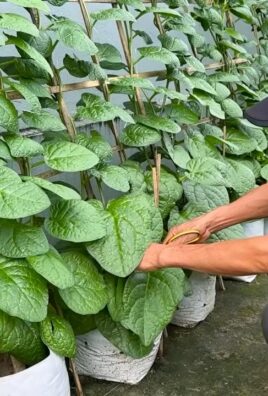
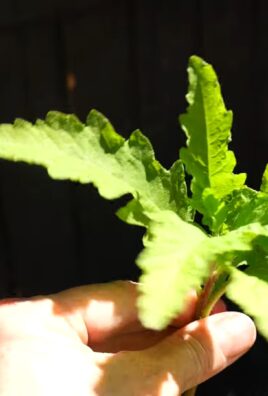
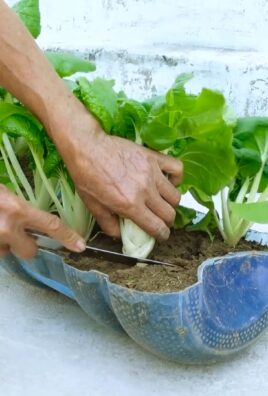
Leave a Comment